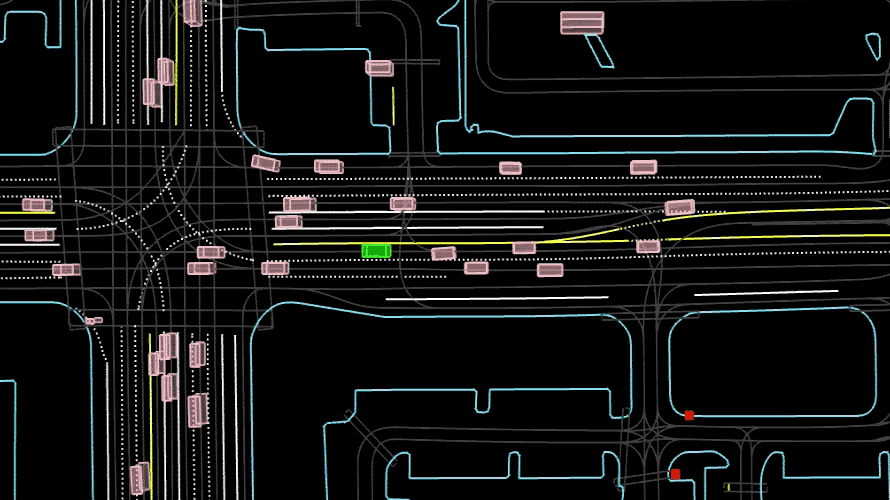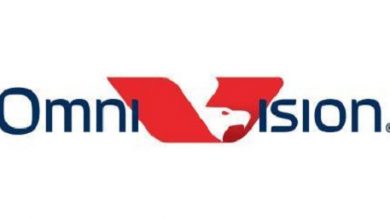Waymax simulator for autonomous driving research

Waymo recently announced the release of Waymax, a lightweight simulator developed specifically for autonomous driving research.
Waymo has been working on AI and ML for autonomous driving, robotics and computer vision. It has also contributed to the research through its Waymo Open Dataset initiative and through its academic publications in conferences. Next in this, is Waymax, which can unlock new research horizons in the simulation and planning agent domains.
Simulation is a critical tool for testing and evaluating autonomous driving system performance. This is why they invested in realistic simulation environments (such as our Simulation City) to evaluate the performance of the Waymo driverless vehicles.
To be an effective evaluation tool, a simulator requires huge volumes of carefully curated data. The data should be representative of the real world. Not only does it need to look real, but it’s critical that other road agents, such as human drivers, pedestrians, and cyclists behave realistically in a simulated environment, matching the experiences which autonomous vehicles would encounter in the real world. Furthermore, this is why sim agents and their connections to planning research have become important.
Waymo’s own simulation tools benefit from tens of millions of real-world autonomous miles collected by the Waymo Driver. We’re thrilled to share our unique capabilities with the academic community through the first-of-its-kind, lightweight simulator.
In developing the Waymax simulator, they focused on building a powerful and accessible tool for researchers. Waymax features are:
- Lightweight. It enables researchers to conduct experiments efficiently and iterate quickly.
- Informed by troves of real-world data. To model realistic driving behaviors, Waymax can leverage the 570+ hours of real world driving examples from multiple cities that are present in the Waymo Open Motion Dataset.
- Hardware-accelerated. Waymax is written entirely in JAX, making use of in-graph compilation to deliver blazing-fast simulations.
- Multi-agent, so researchers can analyze and model the complex behaviors among multiple road users and unlock new insights into multi-agent systems.
Researchers can access Waymax software on GitHub and use it straight out of the box. Moreover, it already incorporates the minimal representation of objects and bounding boxes adopted by the Waymo Open Motion Dataset, which eliminates the need for users to run their own perception system from raw sensor data, and comes bundled with metrics and pre-built sim agents, streamlining the research process.
News related to Waymo –




